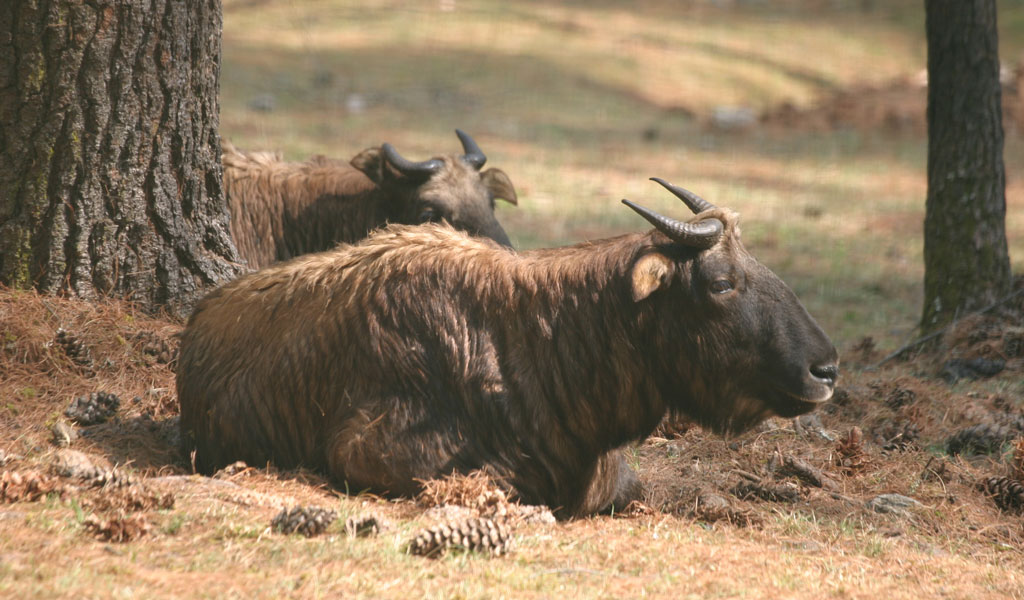
Bhutan is listed as one among the top 10 biodiversity hot spots in the world. Bhutan has total forest coverage of over 70% of the country’s total geographical area with the constitution requiring 60% of the country under forest coverage for all times to come.
The array of flora and fauna available in Bhutan is unparalleled due to conservation and its wide altitudinal and climatic range. Physically, the country can be divided into three zones:
1. Alpine Zone (4000m and above) with no forest cover;
2. Temperate Zone (2000 to 4000m) with conifer or broadleaf forests;
3..Subtropical Zone (150m to 2000m) with Tropical or Subtropical vegetation.
Forest types in Bhutan are fir forests, mixed conifer forest, blue pine forest, chirpine forest, broadleaf mixed with conifer, upland hardwood forest, lowland hardwood forest, and…tropical lowland forests. Almost 60% of the plant species found…in the eastern.Himalayan region are present in Bhutan.
Bhutan boasts of about 300 species of medicinal plants and about 46 species of rhododendrons. Some common sights for the visitors are the magnolias, junipers, orchids of varied hues, gentian, medicinal plants, Daphne, giant rhubarb, the blue and trees such as fir, pine and oaks.
A wide range of rare and endangered animals can also be found frequenting the dense jungles and high mountains of Bhutan. Due to the countries conservation efforts and its unspoiled natural environment Bhutan supports thriving populations of some of the rarest animals on earth and has thus been classified as one of the last biodiversity hotspots in the world.
Some high altitude species are the snow leopards, Bengal tigers that are found at altitude ranging 3000 to 4000 meters, the red panda, the gorals and the langurs, the Himalayan black bear, sambars, wild pigs, barking deer, blue sheep and musk deer.